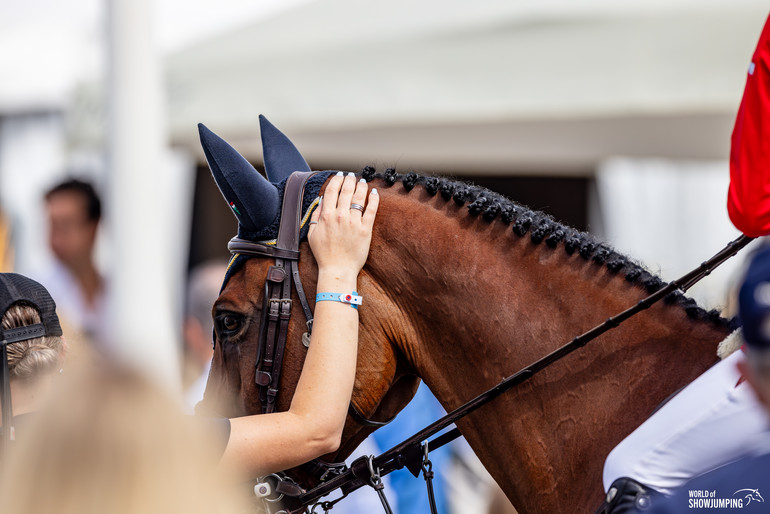Text © World of Showjumping
Following up on their study ‘Are Current Efforts to Prevent Grooms from Leaving the Industry Effective? An Analysis Based on Principles of Behavior Changes’, which was published 7 March 2024, Susanna L. Ole and Inga A. Wolframm from the Van Hall Larenstein University of Applied Sciences, Applied Research Centre, have continued their research. Their second study ‘What Does It Take? Changing the Tide on Staffing Issues in the Equestrian Industry’ was published on April 12, 2025.
While the first study revealed that the FEI’s initiatives aimed at improving the career recognition of grooms, as well as their working conditions, have had marginal effects, the second study focuses on what grooms themselves consider as the biggest issues and what they believe should change within the industry to make grooming a sustainable and attractive career option.
In the introduction of their study ‘What Does It Take? Changing the Tide on Staffing Issues in the Equestrian Industry’, Ole and Wolframm explain how closely the grooms’ situation and equestrian sports’ social license to operate (SLO) are linked. “Studies have shown that poor working conditions, high turnover rates, and staffing shortages negatively impact horse welfare, which, in turn, affect industry legitimacy and SLO,” they write. “Given that workforce stability is essential for maintaining public trust in the equestrian sector, the long-term sustainability of the industry depends on ensuring that grooming remains a viable profession.”
Conducted as an online survey aimed at professional grooms, 1,397 responses were received, 91.2% of those from females and 7.9% from males, while 74% of all respondents worked in the discipline of showjumping.
The three general issues identified among respondents were pay, working hours and accommodation. Working conditions, both at home and at shows, were highlighted as part of the problem as well. When it comes to competitions, simple solutions such as more reasonable schedules, limits on the number of horses allowed per groom, providing all grooms – regardless of the star-level of the event – the same catering options, a decent proximity between stables, arenas and parking, as well as the option of an over-night stay after an event were suggested by the respondents.
“More than three-quarters of participants consider the industry to be lacking appropriate working conditions, making it difficult for them to see their profession as a long-term career outlet,” Ole and Wolframm pointed out, explaining how it is evident that rather than seeking symbolic recognition, grooms would prefer tangible improvements.
“- - it is integral to maintaining the industry's social license to operate,” Ole and Wolframm stated about the importance of listening to the grooms’ concerns and acting on them.









